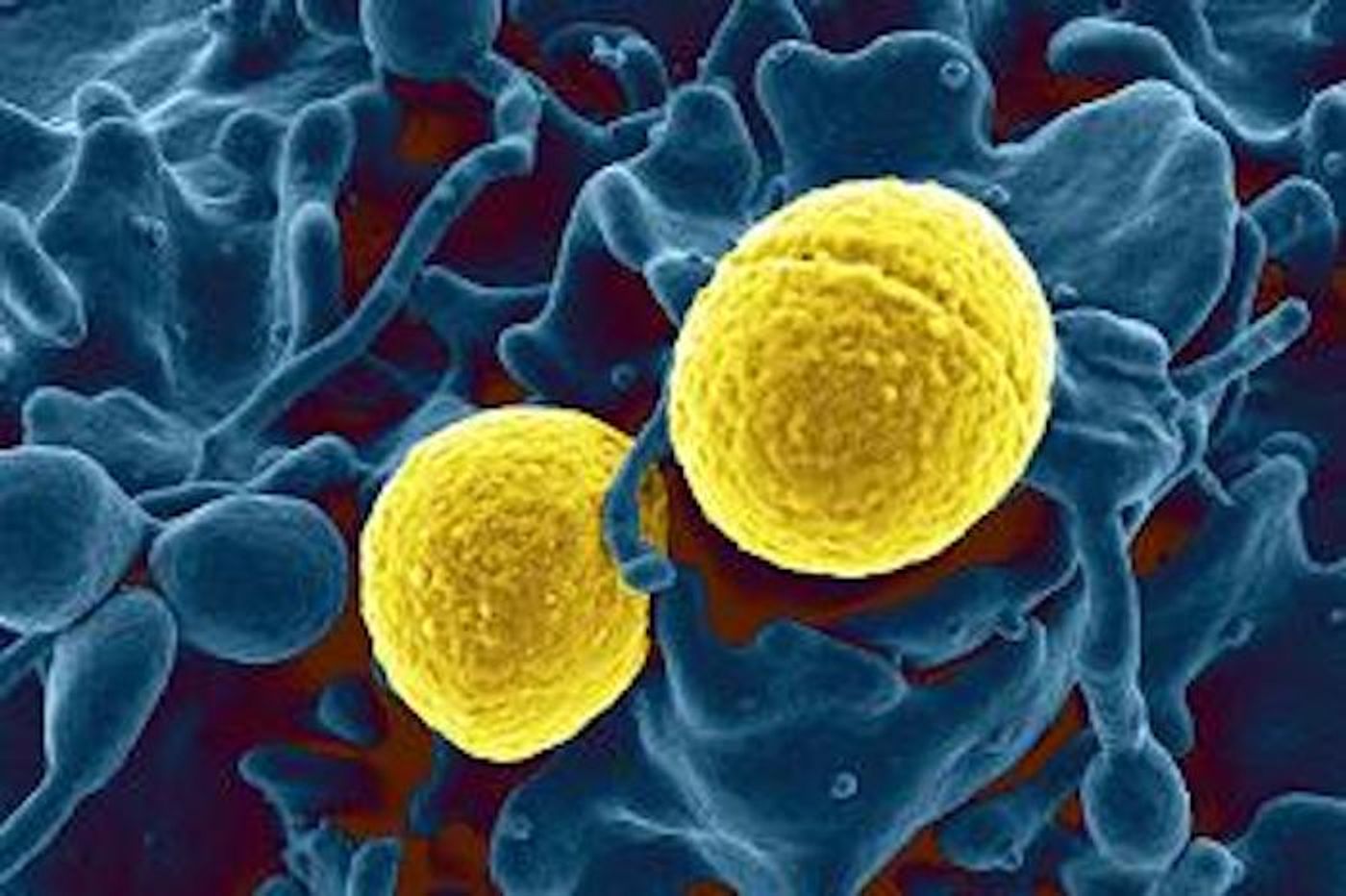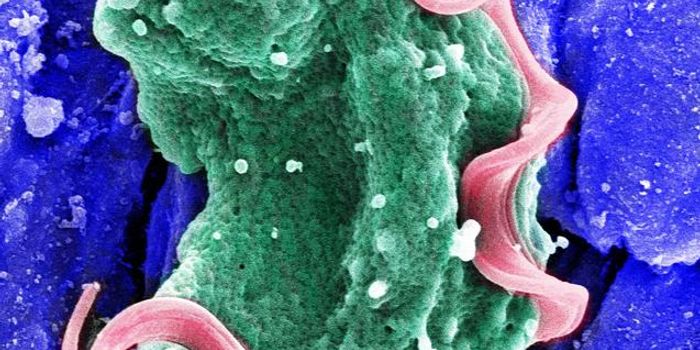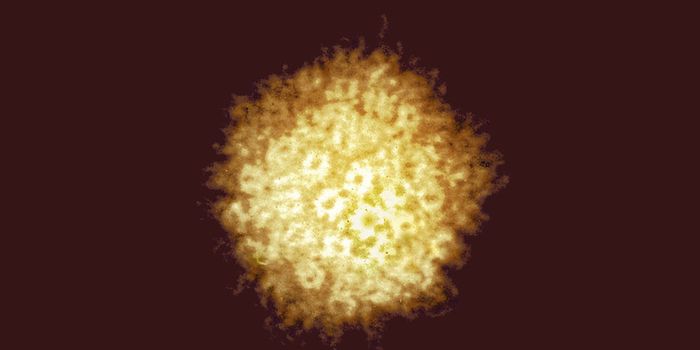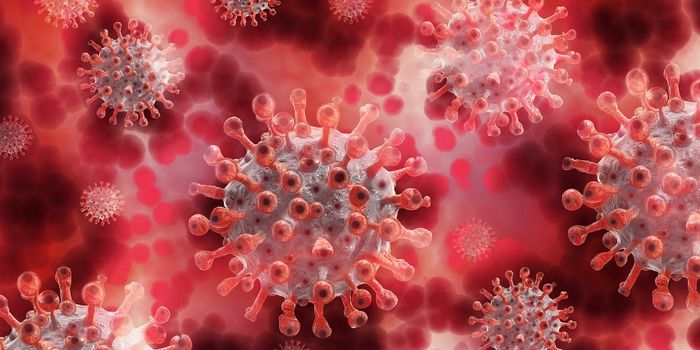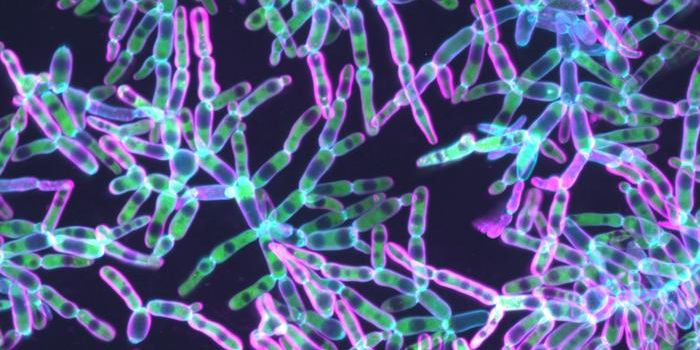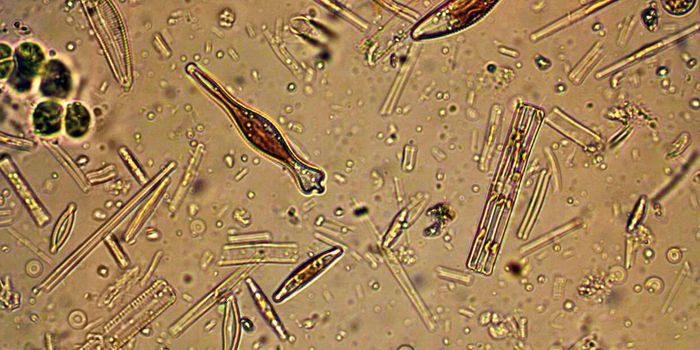Does Diabetes Drive Antibiotic Resistance?
Bacterial pathogens can cause serious infections. So many of them are becoming resistant to the effects of antibiotics that resistant bacteria now contribute to the deaths of almost 5 million people every year around the world. That number is expected to rise, and scientists have been trying to learn more about the mechanisms behind antibiotic resistance. Now, research has suggested that diabetes, a common disorder in which blood sugar is not properly regulated, can also promote antibiotic resistance.
Staphylococcus aureus can cause infections, many of which are antibiotic resistant. This pathogen is also the most common infection in diabetes mellitus patients. Diabetics are also more likely to host antibiotic resistant strains of staph. A new study reported in Science Advances has shown that the microenvironment that is fostered by diabetes seems to promote the development of bacterial genetic mutations that confer resistance.
"We found that antibiotic resistance emerges much more rapidly in diabetic models than in non-diabetic models of disease," said Brian Conlon, PhD, of the University of North Carolina (UNC) School of Medicine. "This interplay between bacteria and diabetes could be a major driver of the rapid evolution and spread of antibiotic resistance that we are seeing."
In diabetes, the hormone insulin stops regulating blood sugar levels properly. Staph bacteria uses abnormally high sugar levels to grow faster. And since diabetes can also disrupt the immune system, it's easier for the pathogen to infect cells. While more bacteria grow, the chance that resistance will arise increases.
If a mutant bacteria that can resist antibiotics emerges in a population, that resistance spreads quickly.
"Staphylococcus aureus is uniquely suited to take advantage of this diabetic environment," said Lance Thurlow, PhD, assistant professor of microbiology and immunology, of UNC School of Medicine, among other appointments. "Once that resistant mutation happens, you have excess glucose and you don't have the immune system to clear the mutant and it takes over the entire bacterial population in a matter of days."
In this study, the researchers used a mouse model; one group of these mice were rendered diabetic with a drug that aimed for the insulin-producing cells of the pancreas, while the rest were untreated. Both groups were infected with staph, and then treated with rifampicin - a drug in which antibiotic resistance is promoted.
The research showed that after five days of staph infection, the diabetic mice harbored high levels of bacteria that were resistant to rifampicin. But there were no resistant bacteria in the other mice that were not diabetic.
The investigators noted that the research has highlighted the importance of maintaining proper blood sugar levels in diabetics. They now want to know more about how resistance may be evolving in other bacterial pathogens, in both diabetics and unaffected individuals, as well as transplant recipients and cancer patients who are being treated with chemotherapy.
"Resistance and its spread are not only associated with the prescription of drugs, but also the health status of those that are taking antibiotics," said Conlon. "Controlling blood glucose then becomes really important. When we gave our mice insulin, we were able to bring their blood sugar back to normal and we didn't get this rapid proliferation of resistant bacteria."
Sources: University of North Carolina Health Care, Science Advances
